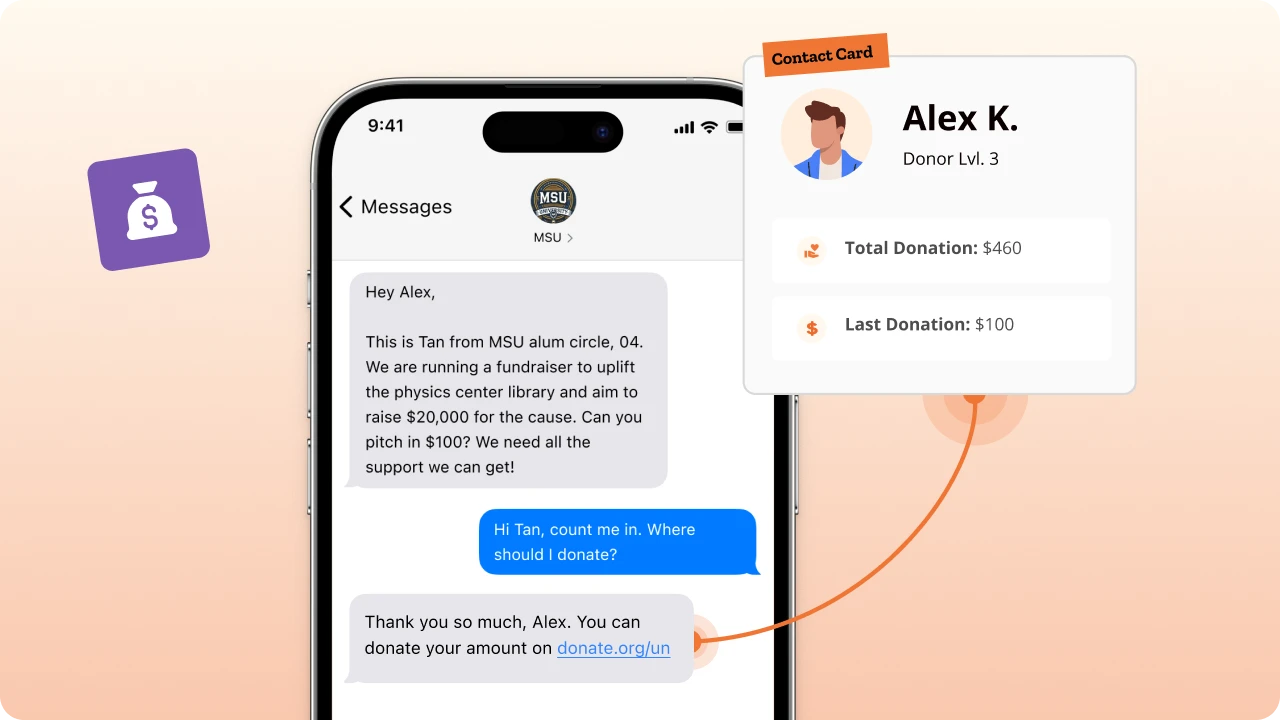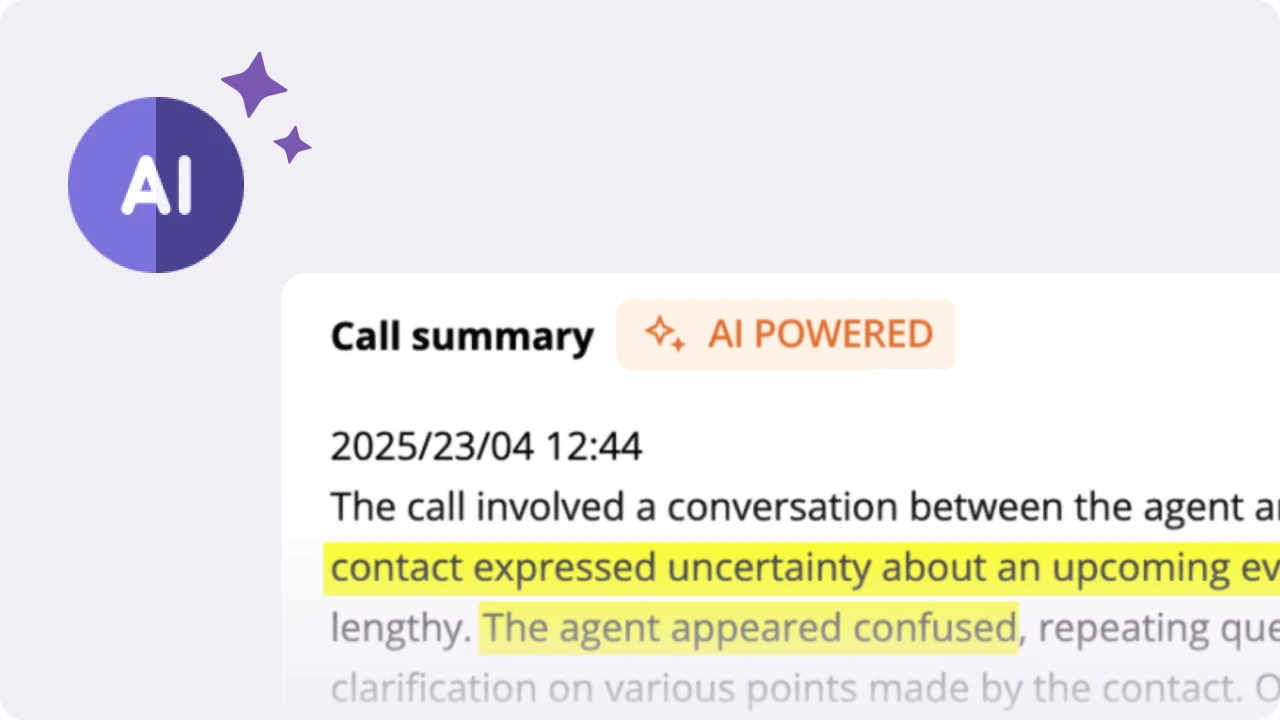Table of Contents
Election campaign communication research is the foundation of every winning political campaign. From Obama’s 2008 texting campaign to today’s sophisticated social media targeting, the candidates’ relationship with voters has evolved dramatically.
But the real difference between successful campaigns and failed ones is not just using the newest tools; it’s using research-driven communication strategies to reach, persuade, and mobilize voters.
This guide explores research-backed methods like phone banking, text banking, social media campaigns, and traditional media outreach.
We also dive into the importance of authenticity and empathy in political messaging, explain how to measure the impact of campaign communication, and outline legal regulations campaigns must follow.
Whether you’re a political strategist, candidate, or volunteer, this article will help you design data-driven, compliant, and effective campaign communication strategies.
Key Takeaways
- Phone banking and text banking remain two of the main effective tools for engaging voters, building trust, and collecting valuable voter data.
- Election campaign communication research helps identify best practices for timing, message framing, and audience targeting.
- Research on the efficacy of phone banking and text banking helps inform best practices for maximizing voter engagement.
- Social media campaigns work best with personalized, targeted, and backed by compelling storytelling, but traditional media still shapes public opinion.
- Authenticity and empathy in messaging are crucial for building voter trust and boosting turnout.
- Campaign must comply with legal regulations on phone calls, texts, and advertising to avoid fines and reputational damage.
The power of phone banking in election campaign communication
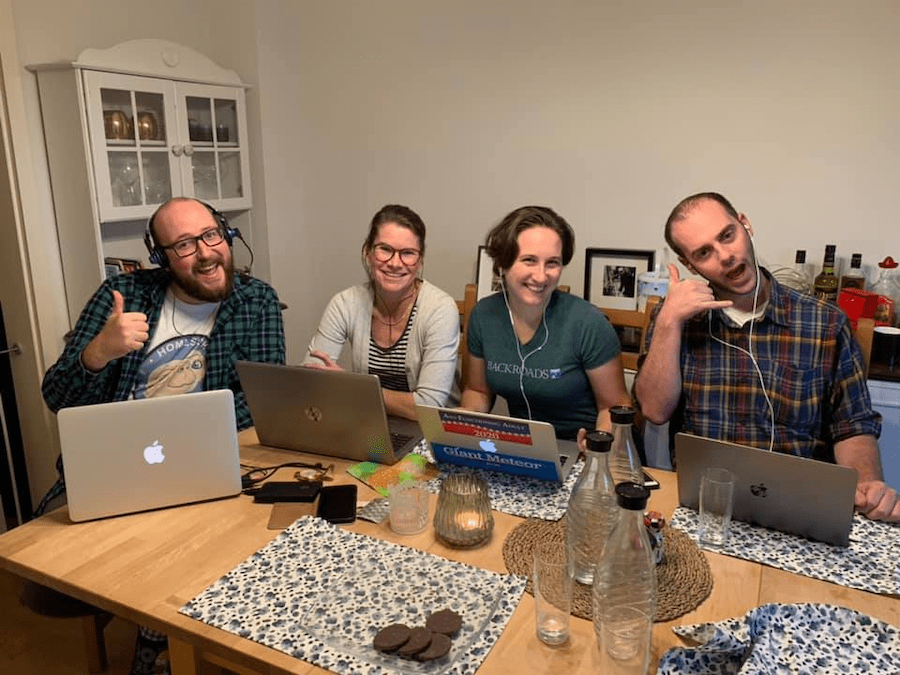
Source: How Democrats Abroad Drove a 300% Increase in Overseas Voter Turnout with Phone Calls/CallHub
In 2025, phone banking remains one of the most widely used campaign communication channels. Volunteer teams, ranging from a few people to thousands, call voters to persuade, canvass, and mobilize them to take action during national elections.
Why phone banking matters
Phone banking is a core part of election campaign communication because it allows campaigns to:
- Build trust and personal connections with voters.
- Answer voter questions in real time.
- Share critical information about candidates, issues, and events.
- Mobilize turnout through get-out-the-vote (GOTV) calls.
- Collect valuable data about voter preferences, concerns, and likelihood to support the campaign.
While election campaign communication research shows mixed results on whether phone calls persuade undecided voters, campaigns consistently use this method because it reaches hard-to-contact voters and fuels data-driven decision-making.
Read Also: Phone Canvassing: The Future of Campaign
Research on phone banking effectiveness
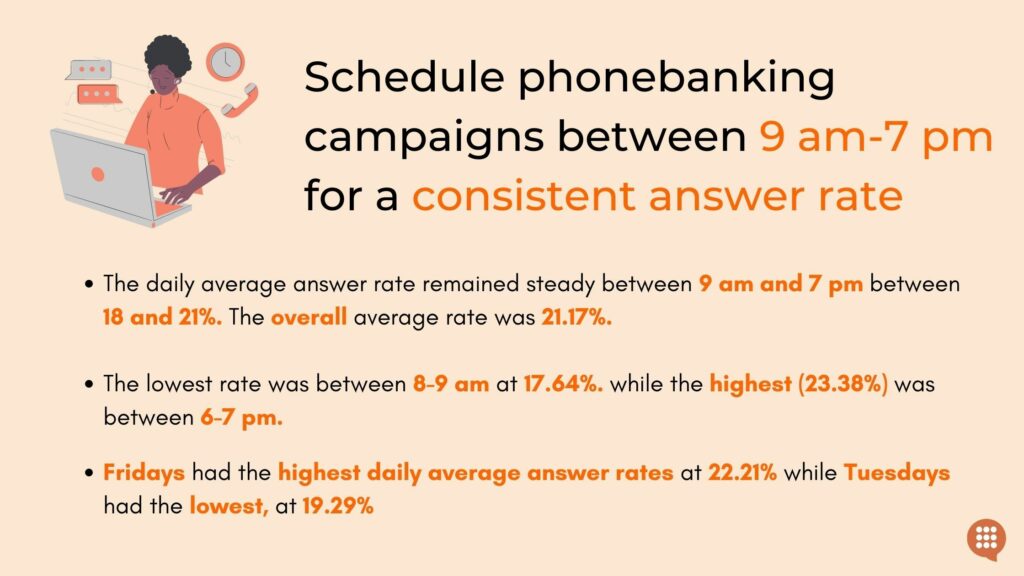
Source: CallHub.
Election campaign communication research on phonebanking ranges from topics like what affects voter turnout to races or communities that are most likely to be influenced. We list a few influential studies from 2000 onwards.
- Best time for phonebanking? We studied 2 million calls for the answer on CallHub (2021).
- The effects of canvassing, telephone calls, and direct mail on voter turnout: a field experiment on JSTOR (2000).
- Mobilizing African-American voters using direct mail and commercial phone banks: a field experiment on JSTOR (2004).
- Volunteer phone calls can increase turnout (evidence from eight field experiments) on Temple.edu (2006).
- Social pressure and voter turnout: Evidence from a large-scale field experiment by Cambridge University (2008).
- How to mobilize reluctant voters by the Washington Post (2014).
- Getting out the vote is tougher than you think, according to Stanford Social Innovation Review (2016).
- Increasing voter participation in America on AmericanProgress.org (2018).
- Lessons from GOTV experiments from Yale University.
Text banking in political campaigns

Source: CallHub.
As texting becomes the preferred communication channel for many voters, text banking has emerged as a fast, scalable, and highly effective way to engage supporters.
Benefits of text banking
- Direct, personal communication at scale.
- Real-time updates on events, rallies, and deadlines.
- Reminders to vote and information about polling locations.
Peer-to-peer texting creates a two-way conversation, not just a broadcast.
Research on text banking efficacy
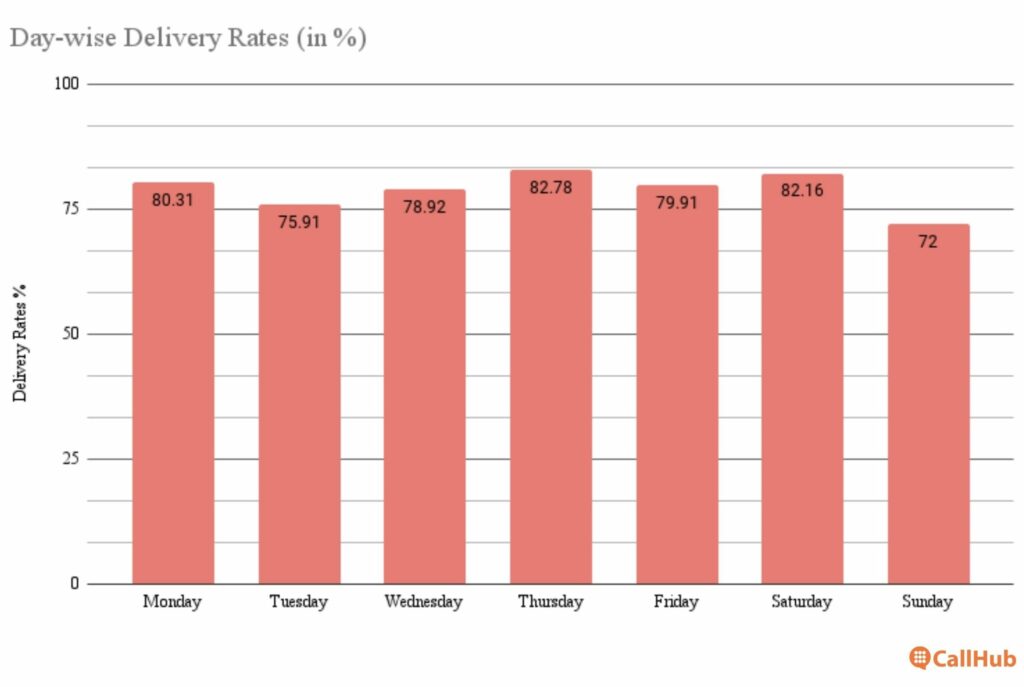
Source: CallHub.
Text messaging fills an important role in election campaign communications, allowing for broadcasts as well as 1-on-1 communication at scale. Here’s some telling election campaign communication research on text banking:
- We analyzed ~800,000 texts to see what are the best & worst times are for political text blasts on CallHub (2021).
- Estimating policy positions from political texts on JSTOR (2000).
- Measuring and Explaining Political Sophistication through Textual Complexity on American Journal of Political Science (2019).
- Using word order in political text classification with long short-term memory models from Cambridge University (2019).
- Smartphones, text messages, and political participation on Sage Publications (2020).
- How peer-to-peer texting drove voters to the polls in the midst of a global pandemic by Tech for Campaigns (2020).
- The Robokiller political message report 2022 insights & analysis by Robokiller (2022).
- How to text out the vote (TOTV) by Democrats.org
Social media campaign strategies
Social media platforms have transformed political communication, allowing candidates to connect directly with voters and share their message. Facebook, Twitter, and Instagram have become crucial components of political campaigns, offering new ways to reach and engage voters.
Effective social media campaign tactics include consistent messaging, targeted advertising, and engaging content that resonates with voters. Candidates, capitalizing on the strengths of social media platforms, can amplify their online presence, connect with a wide spectrum of voters, and heighten their chances of winning elections.
The rise of social media in politics
The emergence of social media has had a profound impact on political communication, shifting audience preferences from traditional mass media to digital sources and raising political awareness and social engagement among citizens.
Notable examples of successful social media political campaigns include:
- Barack Obama’s 2008 presidential campaign.
- Jeremy Corbyn and the Labour Party’s social media campaign during the UK general election in 2019.
- Alexandria Ocasio-Cortez’s 2020 election campaigning.
These campaigns demonstrate the power of social media in connecting with voters and shaping the political landscape, particularly for political parties.
Research on social media campaigning efficacy
Here’s some recent election campaign communication research on the use of social media.
- How social media is shaping political campaigns on Knowledge at Wharton (2020).
- Political advertising on social media platforms by the American Bar Association (2020).
- Social media influencers and the 2020 US election: Paying ‘regular people’ for digital campaign communication by the University of Texas at Austin (2020).
- Sustainable political social media marketing: effects of structural features in plain text messages on MDPI (2020).
- Analyzing voter behavior on social media during the 2020 US presidential election campaign on Springer Link (2022).
- Introduction: A Decade of Social Media Elections by Sage Journals (2022).
- The effect of social media on elections: Evidence from the United States by Princeton University (2023).
- 2020-2022 social media study by American National Election Studies.
- What is the role of social media in presidential election cycles? On usf.edu.
Traditional media’s role in modern election campaigns
Despite the rise of digital platforms, traditional news media continue to play a significant role in election campaigns. Television, radio, newspapers, and magazines provide extensive media coverage of election campaigns, offering news, analysis, and commentary on candidates, policies, and campaign events. This coverage can significantly impact voter perceptions, candidate image, and campaign strategies.
Traditional media serves as a reliable source of information for voters, helping them make informed decisions. Additionally, traditional media platforms often host debates, interviews, and town hall meetings, allowing candidates to directly engage with voters and present their platforms.
Traditional media remains a crucial channel for political communication and mass communication, having a significant impact on modern election campaigns. A great resource for further understanding this topic is the University Press, specifically the Oxford University Press, which offers a wide range of publications in the field.
Authenticity and empathy in political messaging
Authenticity and empathy in political messaging are crucial for building trust with voters and connecting on a personal level. Candidates who demonstrate genuine understanding and concern for their constituents are more likely to build trust and foster deeper connections with voters. Candidates who emphasize authentic communication and empathy can strike a chord with their audience and forge a sense of connection that supersedes conventional campaign tactics.
In today’s hyperconnected world, voters are increasingly seeking genuine, empathetic leaders who understand their concerns and share their values. By demonstrating authenticity and empathy in their messaging, candidates can create meaningful connections with voters and ultimately increase their chances of electoral success.
Building trust through authentic communication
Authentic communication involves being transparent, consistent, and genuine in messaging, helping to build trust with voters. Candidates who communicate authentically are more likely to be perceived as trustworthy and reliable, which can have a significant impact on voter perceptions and support.
Politicians who claim responsibility for their message, uphold consistency, and display credibility and coherence can instill trust in voters and boost their prospects of electoral success. Additionally, communicating in one’s own style and utilizing authentic, transparent, and inclusive language can help foster stronger connections with voters and build trust in the campaign.
The role of empathy in connecting with voters
Demonstrating empathy allows candidates to connect with voters on an emotional level, showing that they understand and care about their concerns. By expressing genuine concern for the challenges faced by their constituents, candidates can foster deeper connections with voters and create a sense of shared purpose.
Research has found that empathetic messages from political candidates can lead to more favorable attitudes and greater persuasion. Incorporating empathy in political messaging enables candidates to connect with voters on a personal level and inspire them to take action in support of their campaign.
Moving forward with election campaign communication research
In conclusion, effective communication strategies are essential for the success of any election campaign. By utilizing various methods, such as phone banking, text banking, social media, and traditional media, campaigns can reach a diverse range of voters and convey their messages effectively. Strategic election campaign communication research is necessary to implement this successfully.
As the landscape of political communication continues to evolve, campaigns must adapt and employ a mix of traditional and digital methods to connect with voters and shape public opinion. Through constant monitoring and evaluation of the impact of their communication strategies, campaigns can refine their messaging and achieve their ultimate goal: winning the hearts and minds of voters.
Feature image source: Miguel Henriques/Unsplash.
[We took the help of AI for this blog]
FAQ on election campaign communication research
What are the key communication channels used in modern election campaigns?
Modern election campaigns utilize various channels, including phone banking, text banking, social media, and traditional media such as television, radio, newspapers, and magazines, to reach and influence voters.
How does phone banking contribute to election campaigns?
Phone banking allows campaigns to engage directly and personally with voters, build trust, gather important data on voter preferences, answer questions, provide information, and encourage participation throughout various stages of the election process.
What is the significance of authenticity and empathy in political messaging?
Authenticity and empathy help build trust, foster genuine connections, and make candidates appear more relatable and trustworthy, which can positively influence voter perceptions and increase support. When combined with personalized outreach tools — like CallHub’s peer-to-peer texting campaign – they can deliver authentic, human-centered messages at scale.
Why is research on election campaign communication strategies important for future campaigns?
Research on election campaign communication strategies provides valuable insights that help campaigns develop effective methods for engaging voters, measuring impact, and refining messaging. Using tools like CallHub, campaigns can gather real-time data from phone and text outreach efforts, making research more actionable and improving strategic planning for upcoming elections.

